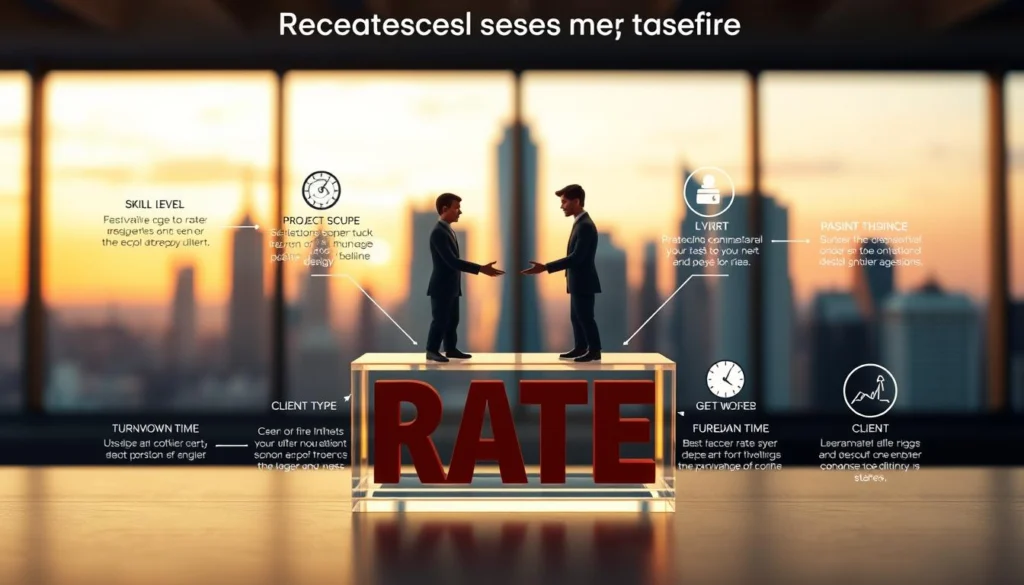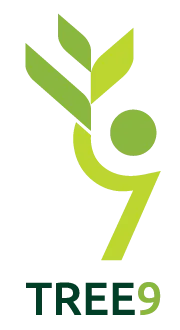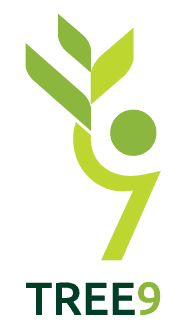Finding the sweet spot for your creative services requires balancing expertise with market realities. Many independent professionals undervalue their skills while others price themselves out of opportunities. This challenge grows when collaborating with startups or small businesses needing budget-friendly solutions.
Market awareness separates thriving creatives from those leaving money on the table. Current industry standards reveal most visual professionals charge between $25-$150 hourly, influenced by specialization and project complexity. Location-independent work expands your client base but demands strategic rate adjustments for different markets.
Three core elements shape successful pricing strategies: skill level, deliverable quality, and client budgets. Specialized designers command premium fees for niche services like branding systems or interactive prototypes. Those offering general design solutions often compete through volume or package deals.
The digital shift creates new opportunities to showcase value beyond geographical limits. Remote collaboration tools let you maintain competitive local rates while accessing global projects. This flexibility helps build sustainable careers without compromising earnings potential.
Understanding the Fundamentals of Freelance Design Rates
Your earning potential hinges on several interconnected professional elements. Five core components shape compensation strategies for visual creators, each requiring careful evaluation to maximize returns while delivering client value.

Key Factors Influencing Pricing
Experience level forms the bedrock of your rates. Seasoned designers with proven brand-building skills typically charge 40-60% more than entry-level creators. Project complexity also dictates pricing – a single social media graphic differs vastly from multi-platform rebranding campaigns requiring strategic coordination.
Client budgets and business scale create pricing tiers. Startups often need modular packages, while enterprises require customized solutions with premium support. Specialized skills like 3D modeling or motion design command higher design rates due to technical demand and limited talent pools.
Industry Benchmarks and Market Trends
Current graphic design rates show 25% growth in value-based pricing models since 2022. Remote collaboration tools enable designers to service global clients while maintaining regional rate competitiveness. Niche experts in areas like AR interface design now earn 2-3x standard freelance graphic design fees, reflecting evolving market needs.
How to Set Your Rates as a Remote Freelance Graphic Designer
Geography should empower your earnings, not limit them. Smart creatives leverage their physical location to create financial flexibility while delivering exceptional value. This approach requires careful calculation of both personal needs and professional investments.

Integrating Remote Work Considerations
Your location independence becomes a strategic asset when pricing services. Base your fees on local living costs rather than client geography. For example:
- Designers in Midwest cities often charge 30% less than coastal counterparts while maintaining equal profit margins
- Global clients benefit from competitive rates without compromising your earnings
- Time zone differences require clear communication protocols upfront
Balancing Cost of Living and Business Expenses
Every dollar matters when running a location-flexible design business. Build rates that cover:
- Essential software subscriptions (Adobe Creative Cloud averages $60/month)
- Health insurance costs (varies by state)
- Workspace expenses, whether home office or co-working memberships
Remember: clients pay for results, not your postcode. Transparently explain how your rates reflect expertise and business needs rather than arbitrary geographic benchmarks. This builds trust while protecting your bottom line.
Evaluating Your Experience and Expertise
Your creative journey directly impacts your earning potential. Seasoned professionals with refined skills earn 2-3x more than newcomers through strategic positioning. Let’s break down how to translate your growth into financial rewards.
Assessing Your Portfolio and Years of Experience
Time invested equals value delivered. Designers with one year’s experience typically earn $52,000 annually. Five years boosts this to $66,000. Your portfolio acts as visual evidence – curate projects demonstrating:
- Diverse industry applications
- Technical mastery across design tools
- Measurable client outcomes
Newer creators often start at $25-50 hourly. Those with 7+ years confidently charge $65-150. Update your portfolio quarterly to reflect evolving capabilities.
Niche Specializations to Command Higher Fees
Specialized skills create pricing power. Motion graphics experts earn 40% more than generalists. Consider focusing on:
- Augmented reality interfaces
- E-commerce branding systems
- Data visualization design
Clients pay premiums for targeted expertise. A healthcare design specialist might charge $120/hour versus $80 for generic services. Continuous learning through certifications or masterclasses strengthens your value proposition.
Project Scope and Pricing Models Explained
Pricing structures determine both income potential and client satisfaction. Three core billing approaches help creatives align compensation with project demands: hourly, flat-rate, and retainer agreements. Each model suits different collaboration types and career stages.
Hourly Versus Project-Based Pricing
Time-based billing works best when deliverables evolve during creation. Newer professionals often prefer this model – it guarantees payment for hours worked. Common scenarios include:
- Experimental design concepts requiring multiple revisions
- Collaborations with unclear completion timelines
- Clients needing flexible scaling of services
Seasoned creators frequently switch to flat fees. Project-based pricing rewards efficiency – a $2,000 website redesign might take 10 hours ($200/hour) instead of billing 20 hours at $100. This approach requires accurate scope assessments to protect profits.
Retainer Arrangements for Steady Income
Monthly retainers create financial predictability for both parties. Clients secure priority access to your skills while you gain reliable cash flow. Typical agreements include:
- 20-40 hours of pre-paid design services monthly
- Discounted rates compared to one-off projects
- Clear boundaries for revision rounds and deliverables
One marketing agency pays $3,500/month for ongoing branding support instead of $5,000+ in separate invoices. Retainers build trust through consistent work while freeing you from constant client acquisition.
Leveraging Remote Staffing Solutions for Optimal Resource Allocation
Smart resource management separates thriving creative businesses from overworked solopreneurs. Partnering with specialized talent platforms lets you scale operations while maintaining quality. This approach proves vital when handling fluctuating project demands or expanding service offerings.
Enhancing Team Efficiency Through Strategic Partnerships
Tree 9 bridges capability gaps by connecting designers with vetted professionals for specific project needs. Their model allows:
- Quick access to niche experts like 3D animators or UX specialists
- Flexible team scaling without long-term employment commitments
- Seamless integration with your existing design tools and workflows
Streamlined Operations for Maximum Productivity
Traditional hiring consumes 23% of creative professionals’ time according to recent surveys. Tree 9 eliminates this friction through:
- Centralized project management dashboards
- Automated billing and contract administration
- Dedicated account support for complex client requests
Advertising agencies using Tree 9 report 40% faster project turnaround times. Software companies benefit from on-demand design teams that align with sprint cycles. Connect via [email protected] or explore partnership options through their LinkedIn profile to transform your resourcing strategy.
Best Practices for Establishing Fair Rates
Transforming client outcomes into financial rewards requires pricing strategies that align with delivered results. Value-driven creatives focus on measurable business impacts rather than time sheets. This mindset shift helps justify premium fees while maintaining client satisfaction.
Implementing Value-Based Pricing Strategies
Seasoned professionals often triple earnings by tying fees to client revenue potential. A rebranding project generating $500k in sales justifies higher rates than hourly billing. Start by calculating your target annual income, then reverse-engineer project fees to meet financial goals.
Three steps create win-win pricing structures:
- Analyze client industries to estimate design-driven revenue growth
- Position deliverables as profit generators, not just creative work
- Offer tiered packages matching different business objectives
Clients pay premiums when they see direct ROI connections. A 30% fee increase becomes reasonable if your designs boost conversion rates. Track project outcomes to refine future pricing – successful case studies strengthen negotiation power.
Efficiency gains amplify earnings potential. Completing website designs in 15 hours instead of 30 lets you maintain fees while doubling effective hourly rates. Always emphasize quality over speed when discussing value-based approaches with clients.
Navigating Client Relationships and Negotiation Strategies
Successful creative partnerships start with authentic human connections. When initiating discussions, focus on shared goals before diving into project specifics. This foundation creates collaborative energy that supports productive rate negotiations.
Building Trust and Communicating Your Worth
Clients invest in designers who demonstrate clear understanding of their needs. Start conversations by asking about their business challenges. A restaurant owner needing menu redesigns might appreciate discussing customer psychology in dining experiences. These insights position you as a strategic partner, not just a service provider.
Transparency strengthens client relationships. Explain how your expertise solves specific problems: “My packaging designs increased e-commerce sales by 38% for similar brands.” Share process details that showcase professionalism – milestone check-ins, file organization systems, or quality assurance steps.
Negotiation becomes natural when aligning fees with delivered value. Instead of defending hourly rates, emphasize outcomes: “This website redesign typically generates 25% more lead conversions.” Premium pricing attracts clients seeking exceptional results, while bargain hunters often demand more revisions.
Strong client relationships may lead to recurring work and referrals. A satisfied tech startup CEO recently referred three new clients after their app interface project. Always deliver consistent quality – your best clients become your marketing team.
Utilizing Digital Platforms and Tools for Freelance Success
Efficient platforms bridge the gap between talent and opportunity. The right digital tools streamline operations while connecting you with ideal clients. This ecosystem lets creative professionals focus on what matters most – delivering exceptional work.
Strategic Platform Selection
Top freelance graphic portals now offer specialized filters to match your skills. Dribbble’s Project Board delivers curated logo design opportunities sorted by budget and timeline. Toptal serves experienced graphic designers seeking premium clients through rigorous vetting.
Platforms like 99designs thrive on creative competitions, while Upwork’s AI matches your portfolio with suitable projects. LinkedIn remains vital for building professional networks that yield recurring work. Always prioritize platforms aligning with your niche and career stage.
Operational Efficiency Boosters
Time-tracking tools like Toggl ensure accurate billing across multiple job types. Cloud-based invoicing systems automate payments and tax documentation. Project management dashboards keep collaborative projects on schedule across time zones.
These solutions help maintain competitive rates while expanding your service area. A well-organized designer handles 30% more clients without quality drops according to recent workflow studies. Implement systems early to support sustainable growth.






